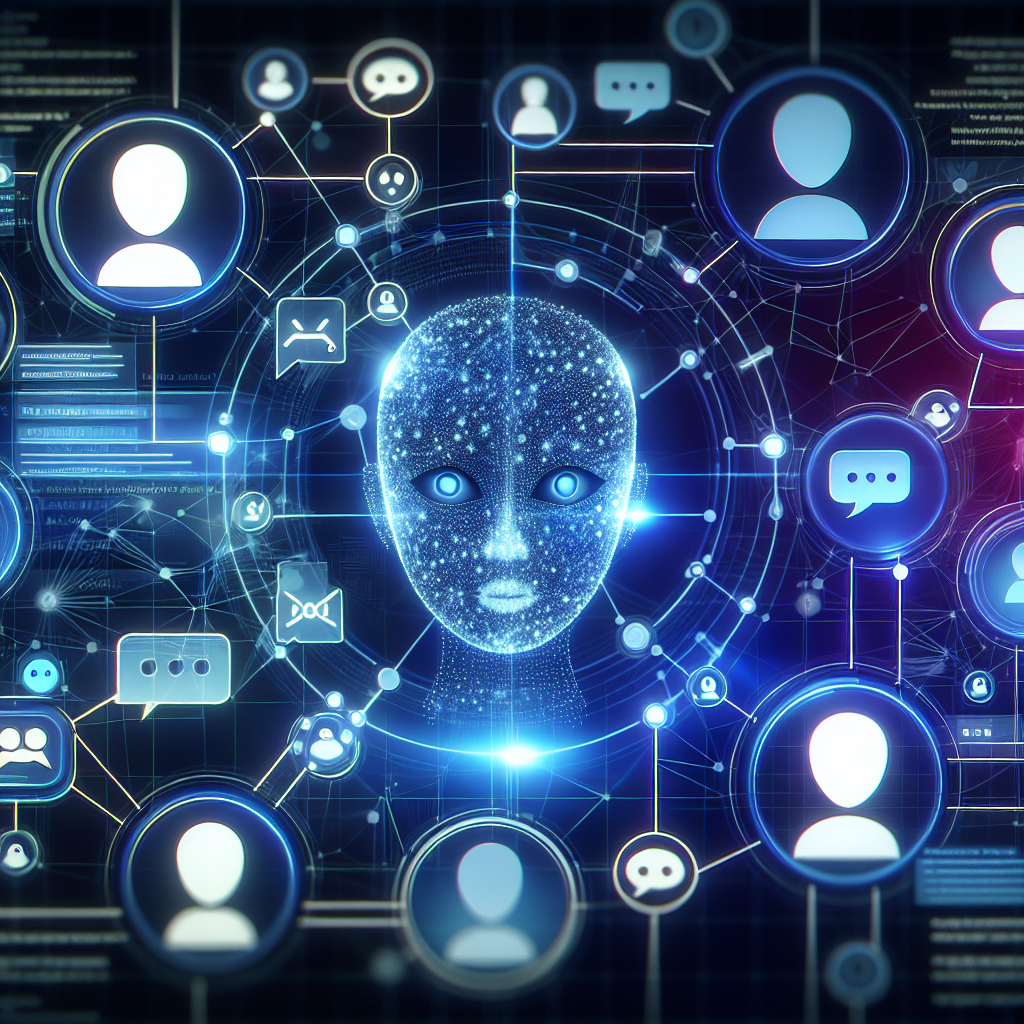Introduction to AI-Powered Chatbot Platforms
In today’s digital landscape, AI-powered chatbot platforms have become crucial tools for businesses aiming to improve customer engagement and streamline operations. These platforms utilize artificial intelligence to facilitate automated conversations with users, providing instant support and information.
How AI Chatbots Work
AI chatbots leverage natural language processing (NLP) and machine learning to understand user queries and deliver relevant responses. They can be integrated into websites, social media, and messaging apps, enabling businesses to interact with customers 24/7.
Key Features of AI-Powered Chatbot Platforms
- Natural Language Processing: Enables chatbots to understand and respond to user language effectively.
- Machine Learning: Allows chatbots to learn from past interactions and improve their responses over time.
- Multi-Platform Integration: Supports deployment across various channels like websites, mobile apps, and social media.
- Analytics and Reporting: Provides insights into user behavior and interaction trends to enhance service quality.
- Personalization: Offers tailored responses based on user data and preferences.
Benefits of Using AI-Powered Chatbot Platforms
Enhanced Customer Support
AI chatbots are available around the clock, providing immediate assistance to customers whenever needed. This ensures that users receive timely responses to their inquiries, improving overall customer satisfaction.
Cost Efficiency
By automating routine queries and tasks, businesses can significantly reduce operational costs associated with customer support teams. AI chatbots handle multiple conversations simultaneously, freeing human agents to focus on more complex issues.
Improved User Experience
AI-powered chatbots can deliver quick and accurate answers, enhancing the user experience. Their ability to provide instant responses reduces wait times and eliminates frustration.
Implementing an AI-Powered Chatbot
To implement an AI-powered chatbot, businesses should consider the following steps:
- Define Objectives: Determine the primary goals of the chatbot, such as customer support, lead generation, or product information.
- Choose the Right Platform: Select a chatbot platform that aligns with your business needs and technical capabilities.
- Design the Conversation Flow: Create a user-friendly dialogue that guides interactions and ensures users easily find the information they seek.
- Test and Optimize: Regularly evaluate the chatbot’s performance and make necessary adjustments based on user feedback and analytics.
Conclusion
AI-powered chatbot platforms are revolutionizing the way businesses interact with customers. By implementing these intelligent solutions, companies can enhance customer support, drive engagement, and increase operational efficiency. As technology continues to advance, the potential for chatbots to improve customer experiences will only grow.

Leave a Reply